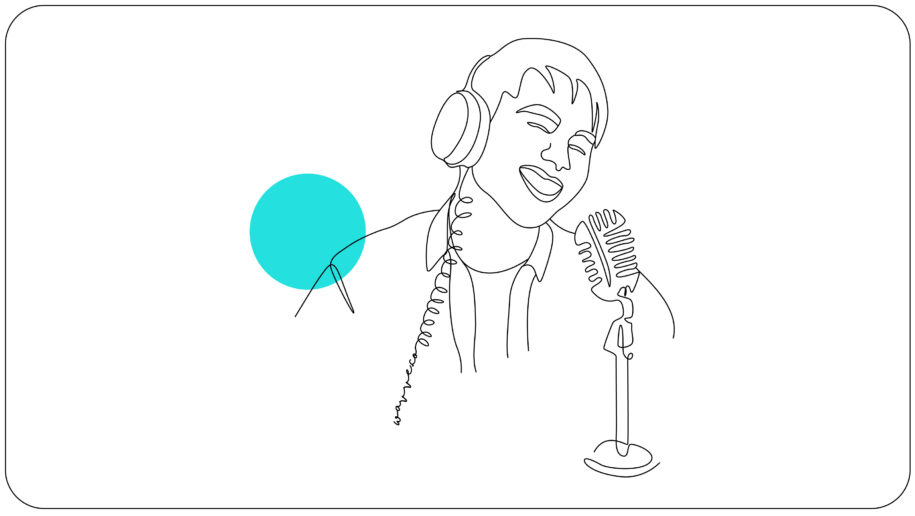Content is king in the world of marketing. To increase brand awareness and improve customer experiences, you must have a quality content marketing strategy. However, as we usher in the age of Artificial Intelligence (AI), much controversy exists over how and when to use AI-generated content.
Some people are thrilled with generative AI and the possibilities of using tools to create unique content, while others are less welcoming of this new technology. Some believe AI will do more harm than good, such as replacing human creators and reducing authenticity.
Such conversations and arguments have many brands wondering what is the best move to make. Do you adopt AI into your processes and remain relevant and competitive with others doing the same, or do you continue to deliver human-generated content to stay authentic and retain that human connection with your customers?
Perhaps it is not a question of one or the other but how to find a happy balance between the two.
The Rise Of Audio Marketing

Audio content is nothing new. In fact, companies have been generating human-made audio for years and using it as a marketing tool. Commercials and jingles, for example, have relied on sound to create content that consumers will easily recall.
In recent years, however, audio marketing has grown and become much more common and varied. Since the COVID-19 pandemic, spending on audio marketing has risen because audience consumption of digital audio has increased by more than 30%.
Audio content is more popular now because it is more accessible and adaptable. Unlike other kinds of content, digital audio is easily accessible and consumed no matter where a person is. Screenless content can be enjoyed while people carry on with their daily tasks, whether working from home, running errands, or even in the office.
Thus, we are seeing an increase in audio content output. But with AI-generated tools entering the game, there is now this question of whether we should or should not. Do you use AI to help increase your audio marketing output, or do you continue to deliver human-made audio?
AI Generation and Audio Content

With the release of OpenAI’s advanced language model, ChatGPT, there have been discussions about the generative AI, especially for marketing. The purpose of tools like ChatGPT is to generate content, such as written text, copy, images, audio, and even videos.
The more people explore and experiment with these tools, the more we realize their endless capabilities.
Numerous companies are already using AI-powered tools to generate content, as it is much easier and less time-consuming. Wavve, for example, is a tool that enables brands to create bite-sized, easy-to-consume video clips for social media using AI technology.
Podcasts are another example of audio marketing content that can be AI-generated. Podcasts are among the newest forms of audio marketing that brands are adding to their digital marketing mix.
While podcasts still involve humans speaking and interacting with one another, there are elements of podcasts that can be AI-generated, such as music. There are also AI tools that help with the overall production of podcasts.
Other possible AI-generated or automated audio content include:
- Audio blogs and articles
- Audiobooks
- Branded playlists
- Audiograms
- Voice search content
- Social media videos and clips
- Signature sounds or songs
Specific examples of brands using the above types of audio content are the Netflix audio logo, Gymshark’s branded playlist on Spotify, Sephora’s #LIPSTORIES podcast, Lego Play Waves, and EWRadio’s Audiograms.
The Pros and Cons of Using AI-Generated Audio Content
When it comes to using AI to generate audio content, the ethical implications are blurry. There are both positives and negatives to exploring generative AI in marketing.
AI-Generated Content: The Advantages

In regard to simple task automation, AI can be incredibly useful and have very few, if any, risks. All businesses have tedious tasks that are easily accomplished using AI to reduce error and increase efficiency and profit.
With podcasts, for instance, there are a number of processes that go into producing these audio shows. AI can help automate some of those steps to make the overall production more convenient.
Therefore, AI is used for task automation for a more efficient content creation, rather than the whole content being AI-generated.
AI can also help companies better create and map their brand strategies, such as how to best use signature sounds or animated clips. AI lets you plan and strategize the branding and content using data analysis to know what appeals most to audiences.
It also assists with creating certain content, like a signature sound. However, this does not mean you need or should use AI to generate everything.
Keep the human aspect of your business in mind by humanizing your brand and your customer interactions to build trust and authentic relationships with your target audience and employees. For example, including storytelling into your branding and using emotional language to building connections as you create audio-based content is crucial to show who your company is.
In addition, the human touch is significant when demonstrating your business’ values, beliefs, and passion.
AI-Generated Content: The Disadvantages
In contrast, tools and platforms use generative AI to emulate creativity but cannot genuinely replace true innovation tied to human emotions. It is due to AI lacking emotional depth and authenticity needed to create thought-provoking art.
Instead, use AI as a brainstorming tool for its utmost efficacy. This is where brands need to be mindful of using AI-generated models to create audio content or any content in general.
Conclusion
Using AI-generated tools for content is all about balance. Use it to help produce your audio content but not entirely replace human-generated content and interactions.
Your audience still looks for content and interactions that allow genuine human connection. Remember, AI should complement what you do, not take over it altogether.

Sam Bowman is a freelance writer from the West Coast. He writes about viral marketing and podcasting. Before becoming a freelance writer, he worked in audio marketing development. His time in marketing has influenced the content he creates today.

